
Experimental aircraft MiG-21I (A-144)
A special unarmed modification of the MiG-21S frontline fighter aircraft to test the aerodynamic properties, flight characteristics, stability and handling of the tailless aircraft.

A special unarmed modification of the MiG-21S frontline fighter aircraft to test the aerodynamic properties, flight characteristics, stability and handling of the tailless aircraft.
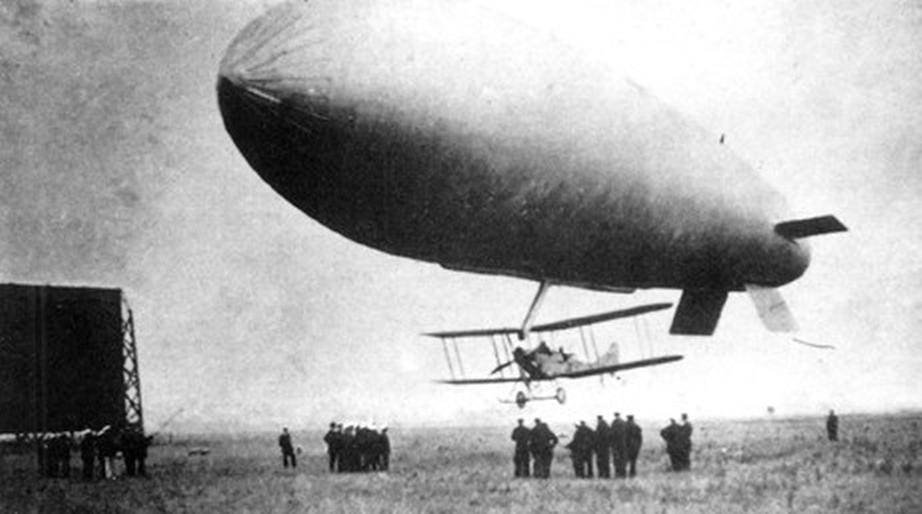

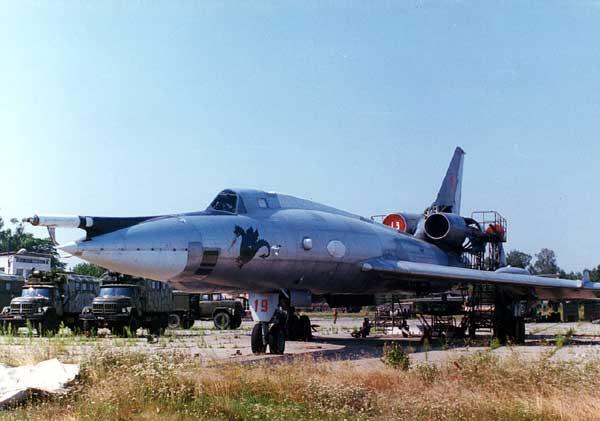
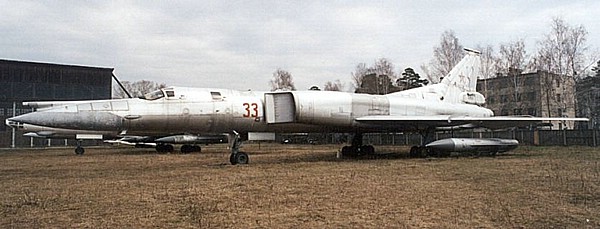
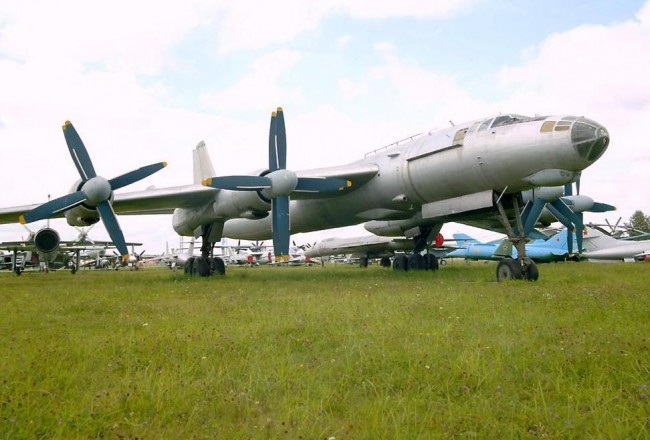
In the second half of the Great Patriotic War, the Soviet aerospace industry was given the task of creating a high-speed high-altitude and high-altitude bomber that would correspond in its flight to the latest American long-range bomber, the B-29 Superfortress. Research and development work, which began in 1943, led to the development of several domestic projects for aircraft of similar purpose.

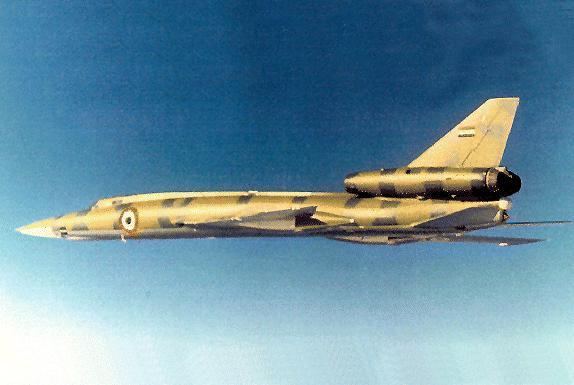
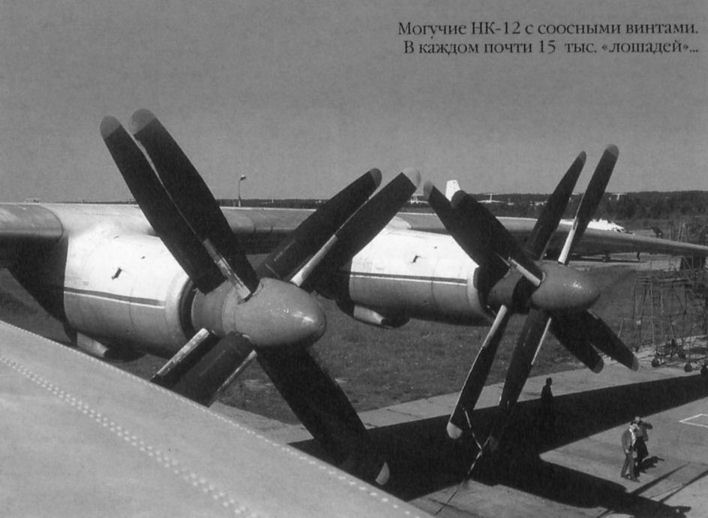
The Kuznetsov NK-12 is a Soviet turboprop engine of the 1950s, designed by the Kuznetsov design bureau. The NK-12 drives two large four-bladed contra-rotating propellers, 5.6 m (18 ft) diameter (NK-12MA), and 6.2 m (20 ft) diameter (NK-12MV). It is the most powerful turboprop engine to enter service.

We believe that there are people with different interests and experiences who could contribute their knowledge and ideas. If you love military history and have experience in historical research, writing articles, editing text, moderating, creating images, graphics or videos, or simply have a desire to contribute to our unique system, you can join us and help us create content that will be interesting and beneficial to other readers.
Find out more